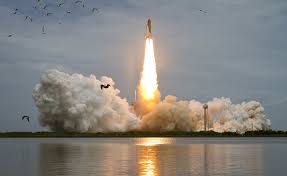Vaša košarica je trenutno prazna!
1497 – Vasco da Gama Sets Sail from Portugal
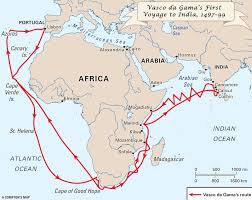
On July 8, 1497, Portuguese explorer Vasco da Gama departed Lisbon with a fleet of four ships—including the São Gabriel and São Rafael—on a mission to reach India via the Cape of Good Hope. This expedition achieved the first direct sea route from Europe to Asia, changing global trade routes forever. Da Gama’s journey spanned over 6,000 miles and helped establish the Portuguese maritime empire . With spices and exotic goods, Europe gained newfound wealth and influence in the Indian Ocean. The voyage also sparked intense rivalry and colonial competition among European powers. July 8 marks the start of a transformative age of exploration. For modern readers, it’s a reminder of how maritime discovery reshaped economies. Da Gama remains a key figure in the birth of global trade.
1716 – Naval Skirmish off Corfu: Venetian–Ottoman Ships Clash
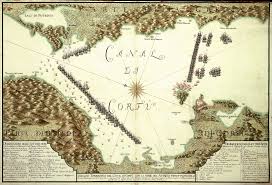
On July 8, 1716, during the Seventh Ottoman–Venetian War, Venetian and Ottoman fleets fought an indecisive naval engagement in the Corfu Channel, west of the Greek mainland. The Venetian fleet included 26 ships of the line, while Ottoman forces fielded around 50. The battle lasted into the evening but failed to deliver a decisive victor. Venetian ships attempted a fireship attack under Andrea Corner but faced strong Ottoman resistance. Although casualties were modest on the Venetian side, the engagement demonstrated that the Ottoman naval threat remained potent. The skirmish helped delay Ottoman advancement toward Corfu itself. It highlighted the importance of naval supremacy in Mediterranean geopolitics. July 8 remains a date of strategic tension in naval history.
1853 – Commodore Perry Arrives in Edo Bay (Tokyo Bay)
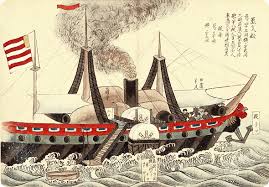
On July 8, 1853, U.S. Commodore Matthew Perry sailed into Edo Bay, marking the end of over 200 years of Japanese isolation. Perry’s four “Black Ships” carried a letter from President Fillmore, demanding the opening of Japanese ports. His powerful show of naval strength compelled Japanese officials to negotiate . This dramatic entrance triggered a cascade of treaties and led to the Meiji Restoration, during which Japan modernized rapidly. Within decades, Japan emerged as a global power. Perry’s mission highlighted the impact of naval diplomacy. July 8 marks a pivotal moment in East-West relations and Japan’s transformation.
1889 – First Issue of The Wall Street Journal Published
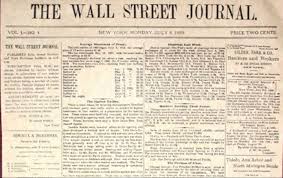
On July 8, 1889, financial pioneers Charles Dow, Edward Jones, and Charles Bergstresser released the inaugural issue of The Wall Street Journal. The four-page paper, priced at two cents, ushered in a new era of business journalism. It introduced ground-breaking stock averages and market analysis, becoming essential reading for investors and brokers . Its focus on economic reporting set standards still used today. Over the years, the Journal influenced financial markets worldwide. Its legacy includes investigative studies and durable credibility. July 8 represents the birth of an influential journalistic institution.
1947 – Roswell UFO “Flying Saucer” Headline

On July 8, 1947, the Roswell Daily Record published a front-page claim that the Roswell Army Air Field had recovered a “flying saucer” on a nearby ranch. This sensational headline ignited one of the longest-lasting UFO conspiracies in history. Although officials soon retracted it as a weather balloon recovery, public intrigue had already taken hold. Many continue to believe the military covered up extraterrestrial evidence. The Roswell incident fueled pop culture—from books and movies to annual festivals. The event typifies Cold War-era mistrust and mystery. It remains a cornerstone of UFO lore and New Mexico tourism.
2011 – Final Launch of Space Shuttle Atlantis (STS‑135)
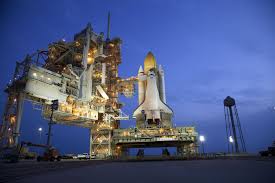
On July 8, 2011, Space Shuttle Atlantis lifted off on STS‑135 from Kennedy Space Center, marking the final mission of NASA’s Space Shuttle Program . The historic mission delivered critical supplies to the International Space Station. Atlantis’s departure symbolized the end of a 30-year era of reusable spacecraft. The launch was witnessed by nearly a million onlookers and followed international attention . STS‑135 successfully completed its objectives and concluded the shuttle’s legacy. It paved the way for commercial spaceflight and new NASA technology. July 8 now marks a landmark in human spaceflight history.
Want to dive deeper into ancient warfare? Don’t miss our articles on Timeline Stories.

